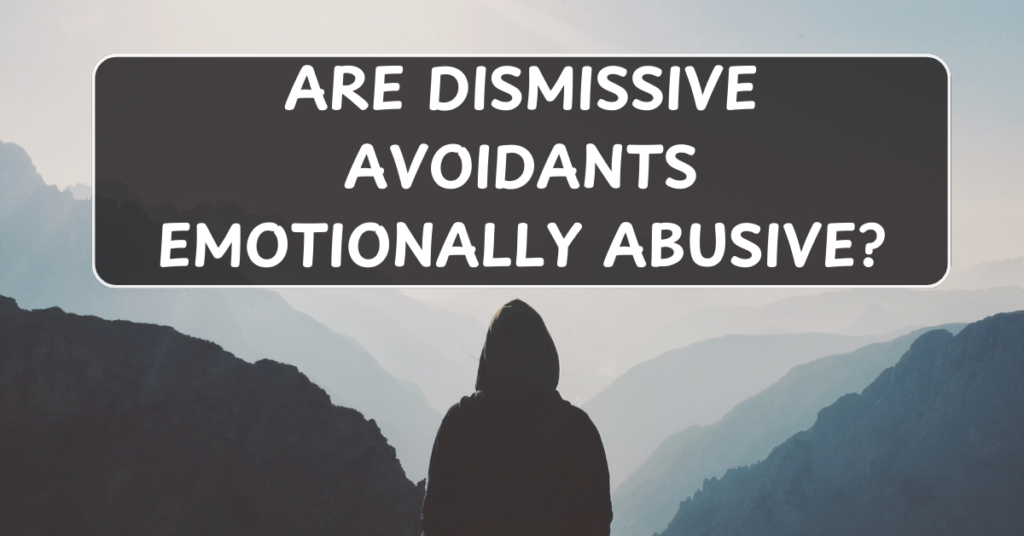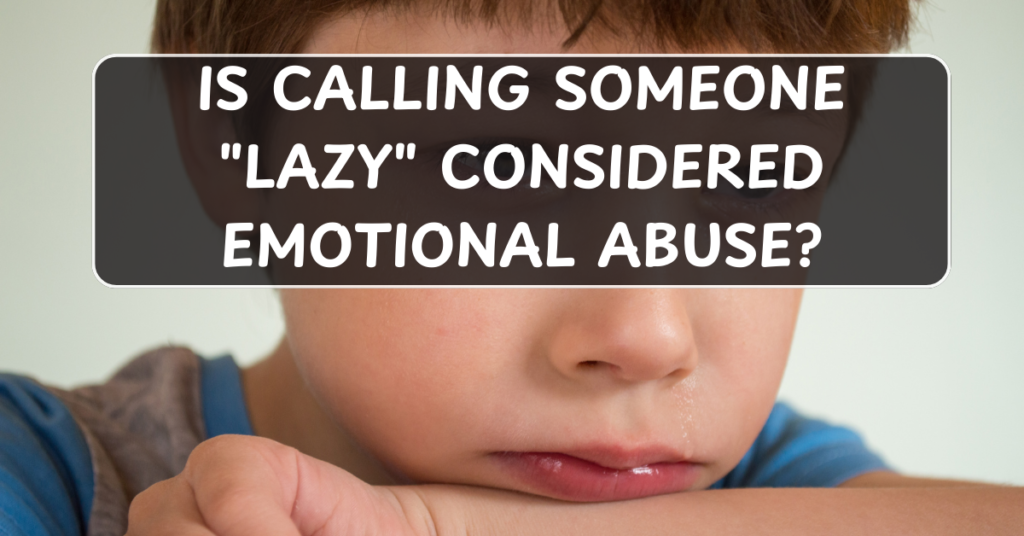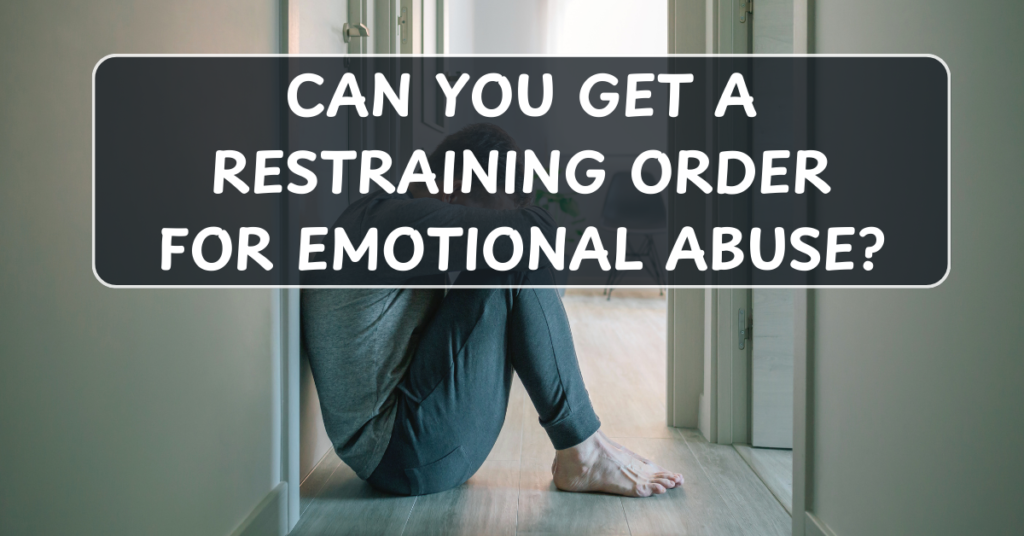
Dismissive avoidant attachment refers to a style of relating to others characterized by emotional distance, self-reliance, and difficulty forming close connections. While dismissive avoidants may unintentionally hurt others due to their emotional detachment, it is not accurate to categorize all dismissive avoidants as emotionally abusive. Understanding the difference between attachment styles and abusive behavior is essential to navigating relationships effectively.
What Is a Dismissive Avoidant Attachment Style?
Dismissive avoidants:
- Struggle with vulnerability and emotional intimacy.
- Prioritize independence over relationships.
- May suppress or deny their own emotions.
- Avoid relying on others or having others rely on them.
This attachment style often develops as a coping mechanism in response to unmet emotional needs in childhood. It is a way of protecting oneself from the pain of rejection or dependence on others.
When Does Emotional Detachment Become Abuse?
Emotional detachment, characteristic of dismissive avoidants, can be hurtful but does not automatically equate to abuse. Emotional abuse involves intentional behavior aimed at controlling, demeaning, or manipulating another person.
Behaviors That May Feel Emotionally Abusive:
- Stonewalling: Ignoring or shutting down conversations, leaving the other person feeling invalidated.
- Dismissiveness: Minimizing the feelings or needs of their partner.
- Emotional Unavailability: Consistently failing to provide emotional support.
Key Difference:
- Intent: Dismissive avoidants often act out of fear or discomfort with intimacy, not with the intention of causing harm.
- Consistency: Abuse involves a repeated pattern of harmful behaviors designed to exert control or power over someone.
Why Relationships with Dismissive Avoidants Can Be Challenging
Being in a relationship with a dismissive avoidant can lead to:
- Feelings of Rejection: Partners may feel unimportant or neglected due to emotional distance.
- Frustration: Attempts to connect may be met with resistance or withdrawal.
- Loneliness: The lack of emotional intimacy can leave partners feeling isolated.
What to Do if You’re Affected
If you’re in a relationship with someone who has a dismissive avoidant attachment style, consider the following steps:
For Yourself:
- Educate Yourself: Understanding attachment styles can help you interpret their behavior more compassionately.
- Set Boundaries: Clearly communicate your emotional needs and expectations.
- Seek Support: Therapy or support groups can provide tools for navigating challenging relationships.
For the Dismissive Avoidant:
- Encourage Self-Awareness: Gently suggest therapy to help them explore their attachment style.
- Practice Patience: Building trust and emotional safety takes time.
- Avoid Blame: Focus on collaboration rather than confrontation.
When to Seek Help
If the relationship involves consistent behaviors that undermine your self-esteem, cause emotional harm, or make you feel unsafe, it may be abusive rather than simply reflective of an attachment style. In such cases:
- Reach out to a trusted friend, therapist, or support group.
- Consider whether the relationship aligns with your emotional well-being and long-term goals.
Conclusion
Dismissive avoidants are not inherently emotionally abusive, but their tendencies toward emotional withdrawal can strain relationships. Recognizing the difference between detachment and abuse is vital. If a relationship feels consistently harmful, seek support and take steps to prioritize your emotional health.


